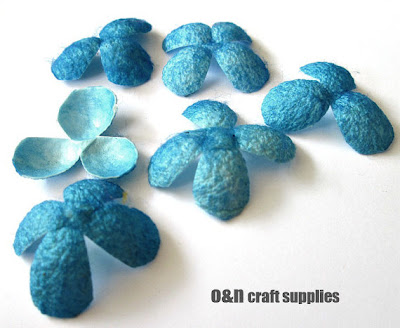

This is an open access article distributed under the terms of the Creative Commons Attribution License, which permits unrestricted use, distribution, and reproduction in any medium, provided the original author and source are creditedĭata Availability: The data have been deposited to the ProteomeXchange with identifier PXD001469.įunding: This work was supported by the National Basic Research Program of China (2012CB114600), the National Hi-Tech Research and Development Program of China (2011AA100306), the National Natural Science Foundation of China (31172157), the China Postdoctoral Science Foundation (2013M540695, 2014T70843), and the fundamental research funds for the central universities of China (XDJK2014C048). Received: NovemAccepted: FebruPublished: April 10, 2015Ĭopyright: © 2015 Zhang et al. PLoS ONE 10(4):Īcademic Editor: Irene Söderhäll, Uppsala University, SWEDEN (2015) Comparative Proteome Analysis of Multi-Layer Cocoon of the Silkworm, Bombyx mori.


The data have been deposited to the ProteomeXchange with identifier PXD001469.Ĭitation: Zhang Y, Zhao P, Dong Z, Wang D, Guo P, Guo X, et al. This study increases our understanding of the multi-layer mechanism of cocoons, and helps clarify the biological characteristics of cocoons. Thus, we propose that more abundant protease inhibitors in the outer cocoon layers may provide better protection for the cocoon.

As many as 36 protease inhibitors were identified in cocoons, showing efficient inhibitory activities against a fungal protease. By comparing protein abundance across layers, we found that the outermost layer contained more sericin1 and protease inhibitors and the innermost layer had more seroin1. In addition to fibroins and sericins, we identified abundant protease inhibitors, seroins and proteins of unknown function. Liquid chromatography-tandem mass spectrometry identified 286 proteins from the multiple cocoon layers. mori cocoon in terms of its multi-layer structure. Here, we investigated the protein components of the B. Research on the mechanical properties of the multi-layer structure revealed structure-property relationships of the cocoon. Bombyx mori cocoon has a multi-layer structure that provides optimal protection for silkworm pupa.


 0 kommentar(er)
0 kommentar(er)
